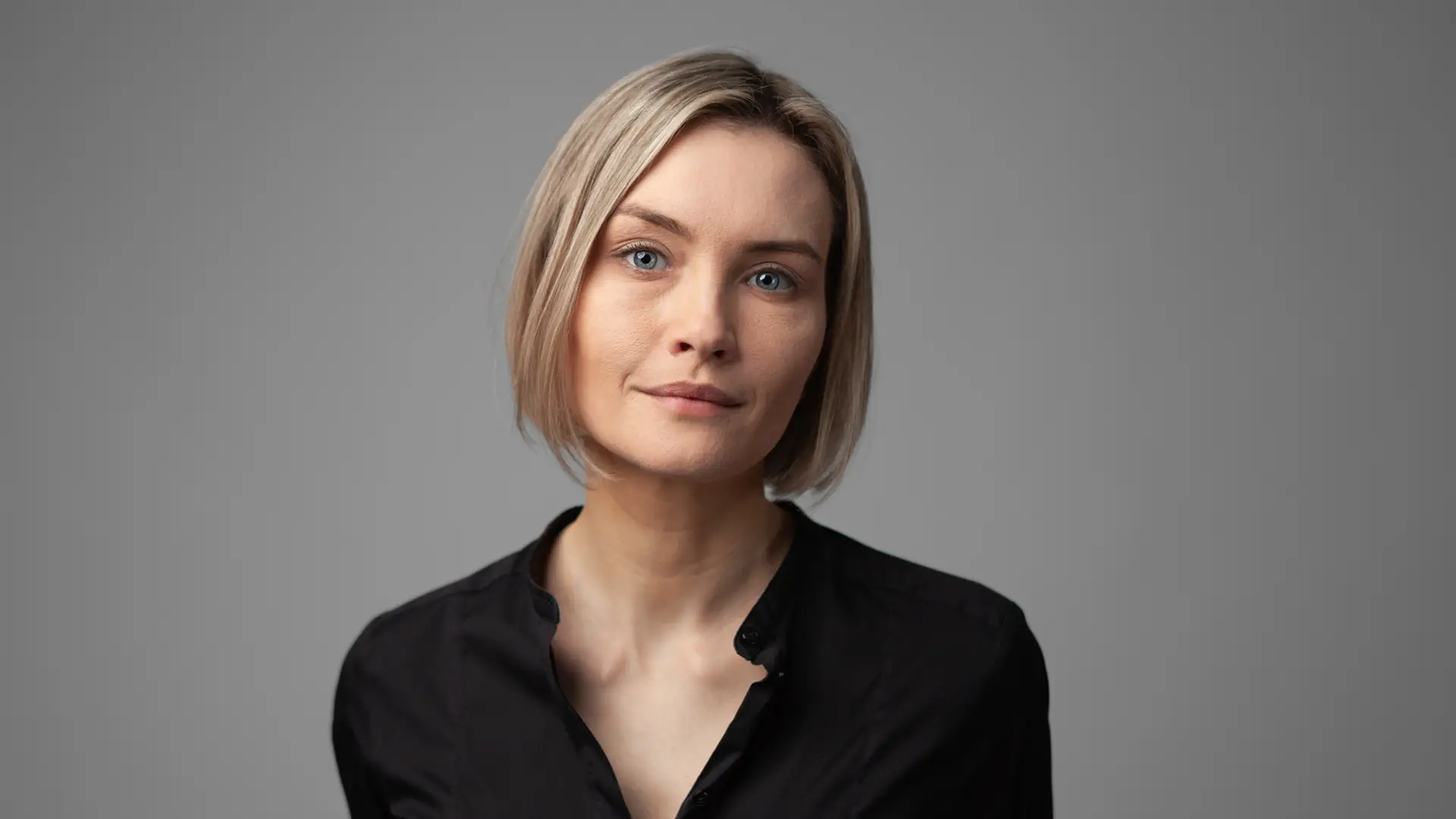
If you examine movie makeup, cartoons, and camera filters, you’ll notice that the lower eyelids are one of the most classic areas used to represent fatigue and aging. This small but significant area can add years to someone’s appearance, or make them appear tired and worn out. Lower eyelid blepharoplasty is not simply one standard procedure, but rather several different techniques and approaches that can be used to correct the individual issues at hand.
At our Miami practice, we treat the issues of the lower eyelids with a variety of lower lid blepharoplasty techniques in order to restore a more youthful, well-rested, and smoother appearance. We hope the information below will help clarify and explain the important details of this surgery.

BEFORE & AFTERS
Peruse Dr. Ruslan Zhuravsky’s patient photo gallery to view his work and artistry on facial procedures like Rhinoplasty, Facelift, and more.
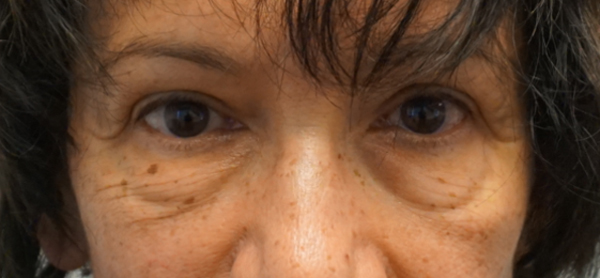 before
before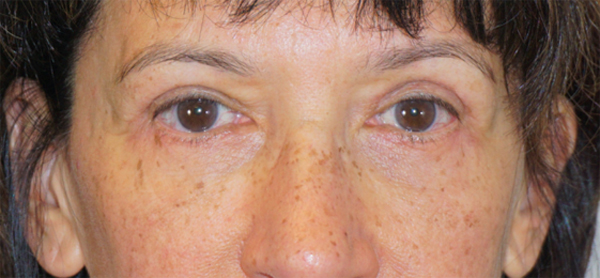 after
after
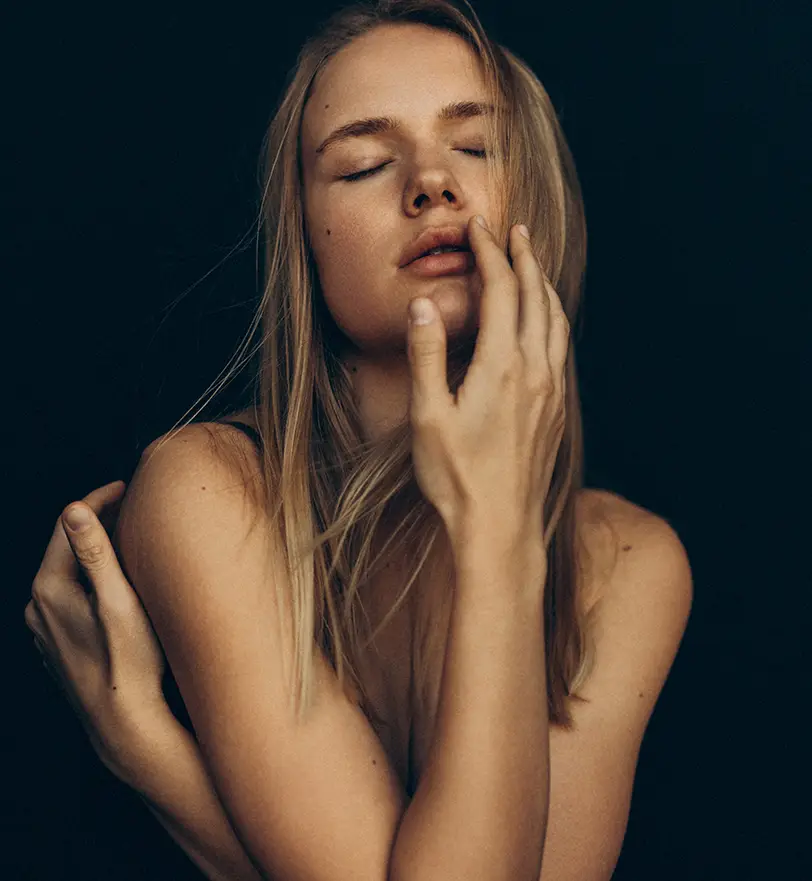
Lower eyelid blepharoplasty is a surgery that is used to create a nice smooth contour of the lower eyelid.
The DETAILED answer:
Lower eyelid surgery involves the reduction of “under-eye fat bags” and extra skin in order to achieve a smooth transition from the eyelid to the cheek. The task seems simple enough but does involve some extra special attention in order to get the best aesthetic and functional outcomes. This can be performed through a well-hidden incision just underneath the eyelash line or from inside the eyelid, depending on what needs to be done, anatomy, and surgical preference. The surgery involves removing excess skin, reducing the fullness of under eye bags, filling in the deep groove of hollowing under the eye, and making sure the lower lid is well supported. The end goal is to make the transition from the lower eyelid into the cheek appear as smooth as possible with minimal peaks and valleys that create shadows.
Anyone that is bothered by the appearance of their eyes, whether from looking older or fatigued, and has surgically correctable issues as described above.
The DETAILED answer:
The eyes are a complicated region and it is difficult to simply summarize who would be a good candidate, especially since there are several variations in what can be done for the lower eyelids. Patient selection is an important part of successful surgery. Patients should have issues that can be treated with surgery as described in the sections above. For example, skin-only changes may be better treated with lasers, and certain types of isolated hollowing are better treated with filler of fat transfer. It is also important that patients do not have any eye or general health conditions that might make surgery more dangerous or high risk for complications. Very loose lower lids can be a big problem if not treated along with the surgery. Uncontrolled blood pressure and thyroid disease increase the risk of problems like hematomas and even blindness. This is why we cannot simply book someone for surgery and must do a thorough in-person evaluation along with a review of medical history.

There are a few different things that tend to disrupt the aesthetics of the lower eyelids, including extra skin, bulging of fat, hollowing underneath the fat pads, and laxity of the lower eyelid.
The DETAILED answer:
The issue that we see most patients complain about the most is under-eye bags. These are 3 fat pockets that normally cushion the eyeball, but tend to push forward and create a bulge or “bag”. This is also an issue because the cheek is either flattened or drooped below the eye and creates a groove, further exacerbating the appearance of the “undereye bag”. Classically, lower blepharoplasty involved removing much of this fat, however as this tends to lead to over-hollowing the trend has shifted toward “fat transposition”. This means the fat pockets are preserved and instead of being completely removed, they are used to fill in the groove underneath the eye. In effect, we are taking away from the fullness and adding to the hollowing, using the patient’s own fat. The extra skin of the lower eyelid can be reduced but this has to be done with the greatest caution. We have to keep in mind that the lower eyelid itself is relatively weak and can be easily pulled downward. Removal of even just a little too much skin can lead to significant aesthetic and functional problems due to excessive pulling on the eyelid. Dr. Zhuravsky makes sure to not only enter the muscle at a lower level but also to support it along with the lower eyelid to the bone. This allows us to remove the skin with more comfort, knowing that our lower lid is supported to counter the downward pull.
Lower eyelid blepharoplasty can have a dramatic effect on a person’s appearance, giving them a less tired and rejuvenated appearance.
The DETAILED answer:
Our Miami Blepharoplasty patients have utilized this surgery to help them look younger, happier, and well-rested while also increasing their confidence. This procedure also reaches far beyond just aesthetic changes, it can even change a patient’s quality of life. Prior to surgery, our patients often describe that their appearance does not match how they feel inside and that friends and family ask them if they had enough sleep or are overworked. This is especially true in the younger patients that may have under-eye bags as their natural structure rather than an age-related issue. Older patients have the same concerns, but also feel that under eye bags make them appear older than their true age. So the benefit can be summarized as a cosmetic change that can reverberate into personal well-being.
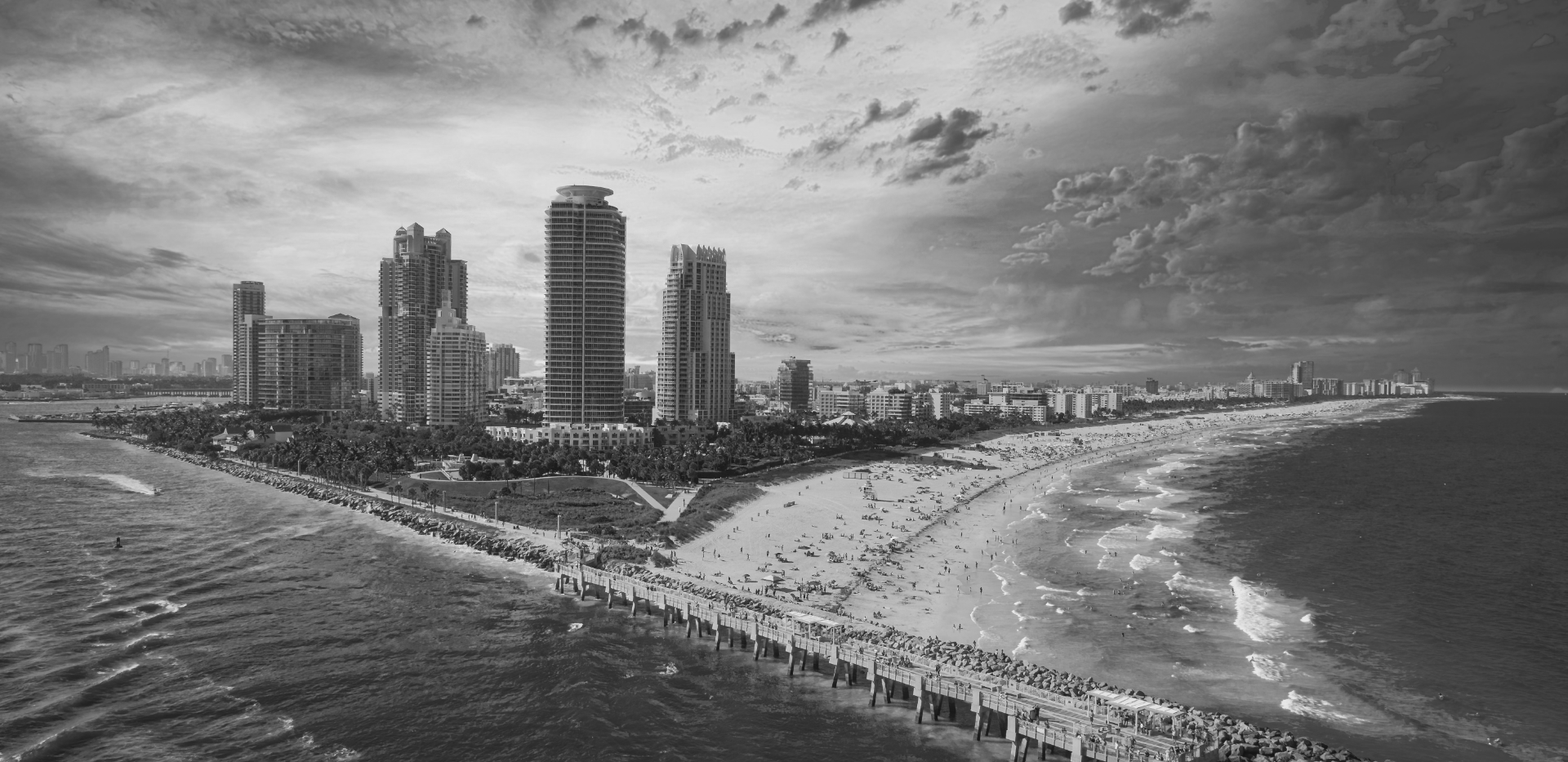
For those that do not wish to have a more invasive procedure, filler, Morpheus8, and AccuTite can sometimes provide an alternative option for patients. The filler is placed in the lower lid, underneath the “eye bags” or in the visible trough. This disguises the groove between the eyelid and cheek, achieving a more rejuvenated appearance. Morpheus8 uses radiofrequency to tighten lower eyelid skin, improve skin quality, and can be very helpful with festoons. AccuTite is a minimally invasive procedure that helps tighten the skin of the lower eyelid, as well as contract the “eye bags”.
You will be able to recover at home and should be able to return to work in approximately 1 week after lower blepharoplasty.
The DETAILED answer:
This varies depending on the extent of surgery and each person’s tendency for swelling. The pain is relatively mild as very few patients take prescription pain medication for longer than that first day. Many will even switch to Tylenol on the same day. The lower eyelids do however have a propensity for swelling, especially when the surgery involves fat transposition. Swelling is worst during the first 3 days, then begins to subside each day, leaving most patients with mild swelling but notable swelling on day 7. Despite this swelling and any residual bruising, most patients are socially acceptable after 1 week with some makeup. Those that are on camera for TV or in the public eye will tend to stay out of work for 2 weeks, while most others feel confident enough to return after 1 week. Patients working from home may resume work on days 2-3 when some of the initial swellings subside and their eyes are less watery. We do encourage frequent computer screen breaks to avoid straining the eyes.
Sutures are removed after 1 week at which point the line under the eye is barely visible, but the small extension on the side of the eye may be a little red.
During the consultation, Dr. Z discusses these and any other expectations that he feels are pertinent to each patient.
Dr. Zhuravsky has performed blepharoplasty (eyelid surgery) for various age groups of men and women throughout the East Coast, and even for those that fly in from more distant locations. This very delicate and refined procedure can help restore a more youthful and refreshed appearance to one’s face. Dr. Zhuravsky takes quality results very seriously and strives to provide each patient with the most optimal results, even if it requires more effort and more complicated techniques. His training and experience have provided him with great insight into what we should do, and just as importantly, what not to do when it comes to lower-lid blepharoplasty. Dr. Z also believes in continuous lifelong learning, attending conferences, and discussing techniques with colleagues in order to achieve the best results with the lowest risk for complications.
Before undergoing blepharoplasty, you must first schedule a consultation with Dr. Z. During this time, he will perform an initial examination of your eyes and ask you about your medical history to help determine if the surgery is an appropriate option for you.
Dr. Z will also provide you with pre-operative instructions that you must follow to achieve the best results. These instructions will require you to stop smoking, consume alcohol, and take certain medications in the time leading up to the procedure and for some time after. Avoiding these can help decrease the chance of complications arising during the surgical process and help facilitate a faster recovery.


Lower blepharoplasty can be performed either awake with minimal medication for relaxation purposes, or under general anesthesia.
The DETAILED answer:
During the awake blepharoplasty, patients are given medications that help reduce anxiety and pain. Dr. Z then numbs the entire eyelid by injecting the area with a very small needle (same as botox). Patients then relax comfortably through the entire procedure as Dr. Z works to rejuvenate their appearance.
In most cases, Dr. Zhuravsky prefers the “trans-cutaneous” approach as the incision is made a few millimeters underneath the eyelash line. Dr. Z does not enter the muscle at this level as he prefers to spare it for functional purposes. Therefore the skin is elevated from the muscle for approximately 1 cm. The muscle is then gently separated and the ligament creating the eyelid groove is lifted. The fat pockets are gently teased out and instead of being removed, they are “transposed” or moved down into the groove. The muscle is then suspended upward and attached to the bone to create support. Extra skin is removed and the incision is closed with small sutures.
This is repeated for both eyes with the patient resting comfortably. At the completion of the procedure, cool compresses are applied and patients are sent home.
The cost of a blepharoplasty surgery in Miami varies from patient to patient and depends on their individual needs. This also varies between surgeons based on their level of expertise and the techniques they use. For example, simply cutting the skin and fat away is a relatively faster procedure with less finesse and can lead to problems down the line, thus will usually cost less. Unfortunately, price alone is not a good indicator either as things can cost a lot and still not be quality. Prices change with time, usually increasing as most things do, so we do not list them online however we can say that we keep them at a reasonable level relative to the quality provided. Dr. Z will develop a specialized treatment plan to accommodate your unique aesthetic goals and discuss the associated costs.
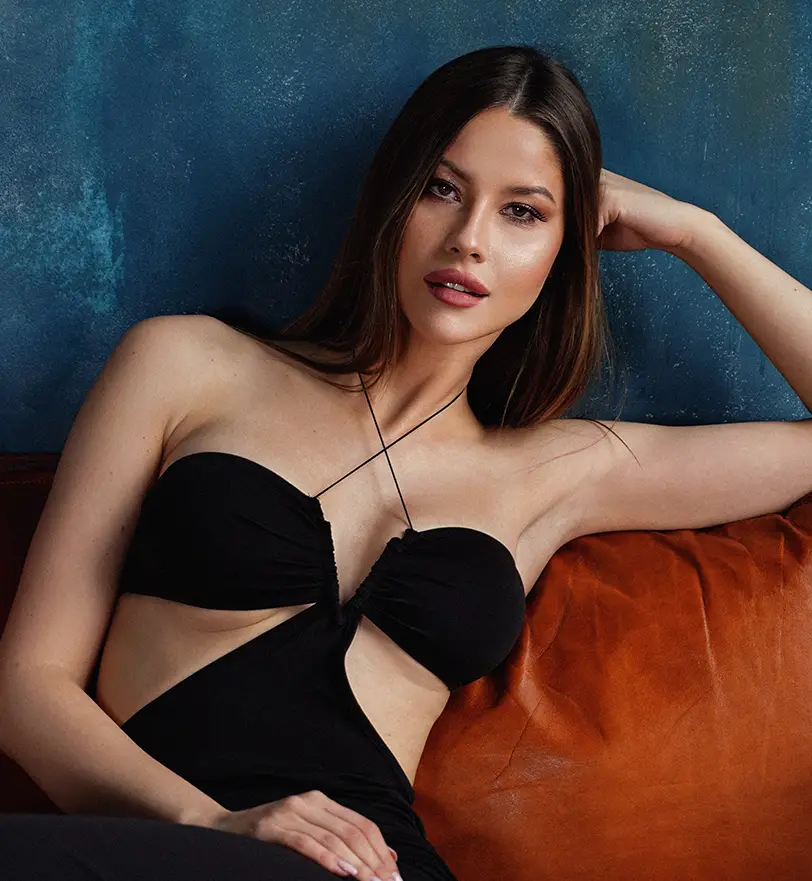
The area around your eyes heavily influences your overall appearance. Dr. Zhuravsky is a board-certified facial plastic surgeon and strives to deliver the best Blepharoplasty in Miami. Contact Dr. Zhuravsky to see how he can help you achieve your desired appearance.